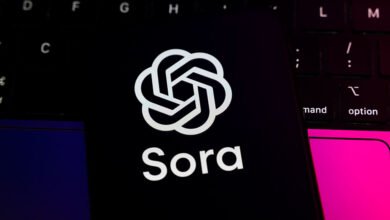Gemini’s Veo 3 Turns Photos Into Videos Instantly

▼ Summary
– Google’s Veo 3 AI videos have become widespread since May, making it harder to distinguish between real and AI-generated content.
– The Gemini app now offers photo-to-video generation, allowing users to turn uploaded photos into videos without extra cost, but only for Pro and Ultra subscribers.
– Veo 3 initially created videos from text descriptions, including speech, music, and background audio, resulting in highly realistic outputs.
– Using a reference photo simplifies video creation by eliminating the need for detailed descriptions, a feature previously limited to Google’s Flow AI tool.
– Generating a video from a photo in Gemini requires selecting “Video,” adding an image and prompt, and waiting several minutes due to high computational demands.
Google’s latest AI innovation is making waves with its ability to transform static images into dynamic videos in seconds. The Gemini app now integrates Veo 3 technology, allowing users to upload a photo and instantly generate a short video clip. While the feature comes at no additional cost, access is currently restricted to subscribers of Google’s premium Pro and Ultra AI plans.
The Veo 3 model originally debuted with text-to-video capabilities, producing remarkably lifelike clips complete with synchronized audio, dialogue, and ambient sound. What sets this update apart is the ability to use a reference image, eliminating the need for lengthy text descriptions to achieve desired visuals. Previously, this functionality was exclusive to Google’s professional-grade Flow AI tool, but it’s now accessible through Gemini’s user-friendly interface.
To create a video, users simply select the “Video” option from Gemini’s toolbar, upload an image, and provide a brief prompt, including optional audio cues. Processing times vary, typically taking several minutes due to the intensive computational requirements. Despite these limitations, the feature represents a significant leap forward in AI-powered content creation, further blurring the boundaries between digital fabrication and reality.
(Source: Ars Technica)





